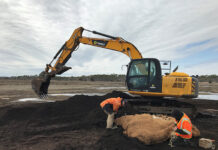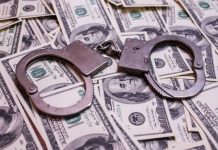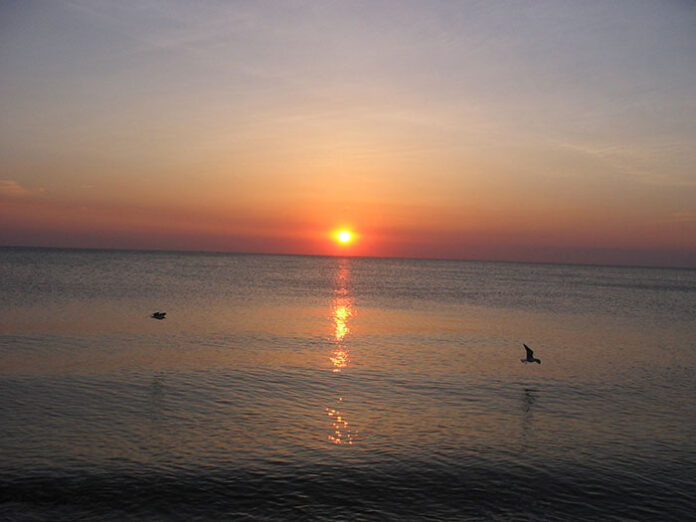
JERSEY SHORE – According to the New Jersey Division of Fish and Wildlife, more than 80 species native to the Garden State are now considered either endangered or threatened, ranging from whales to butterflies. While major factors such as human encroachment and climate change can wreak havoc on the delicate balance of nature, other stressors have hastened this disturbing trend towards extinction.
Travel and tourism accounted for more than $37 billion in New Jersey in 2021, with millions of the state’s visitors making the trek to shore regions from Sandy Hook to Cape May. But while the Jersey Shore is a major attraction, the toll on beach ecosystems and wildlife can be devastating.
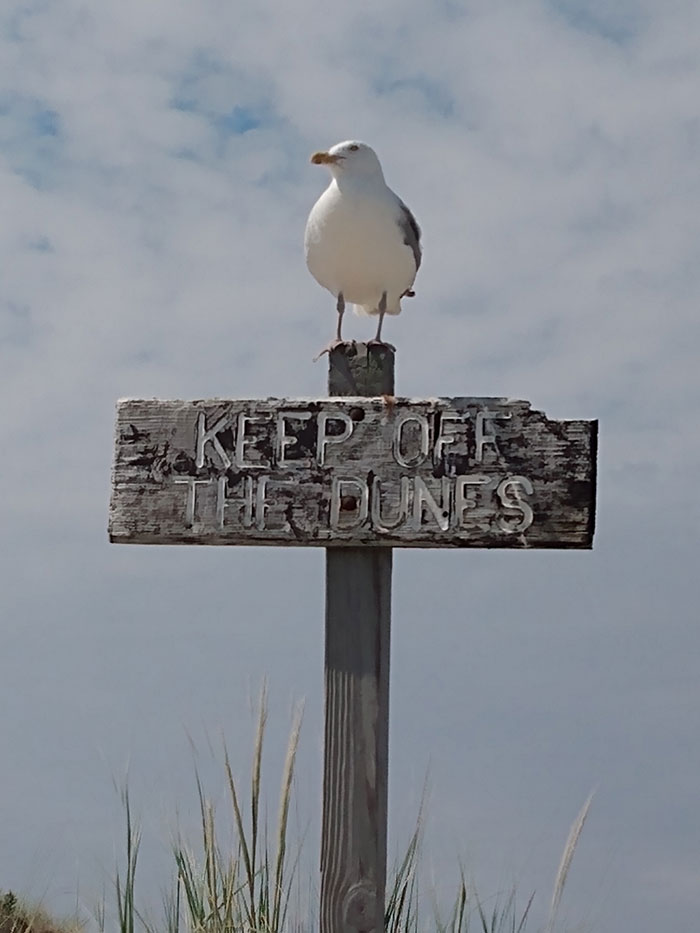
One needs only observe the recent enactment of New Jersey’s ban on single-use plastic bags as a sure sign that the general problem of plastics permeating the state’s natural environment has become epidemic. Plastic bottles, bags, straws, and food wrappers are among some of the most common trash items that may be found in beach and wetlands locations, and their long-term impacts can be devastating to the biodiversity of life inhabiting those regions. While litter is unsightly, the hidden danger is what occurs when plastic products begin to break down over time.
“It’s what we’re now referring to as microplastics,” explains John Tiedemann of Monmouth University. “If I leave [a plastic bottle] cap on the beach next to my chair when I go home, that’s a problem. But when [it] breaks down into smaller pieces, shore birds that forage by eating small invertebrates between the grains of sand [are] going to peck at this and eat it too.”
Tiedemann, the Assistant Dean of the School of Science has taught classes in Environmental Biology and Policy as well as Coastal Zone Management at Monmouth University. As he explains, the danger is not only to shore birds, but aquatic life, as well.
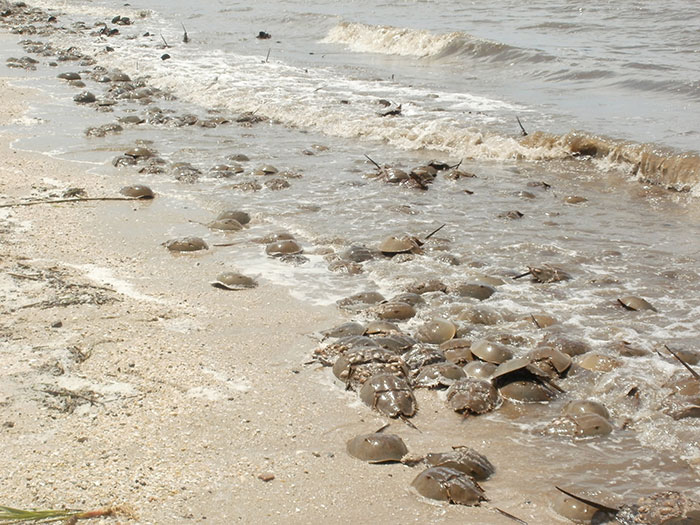
“Fish that feed on smaller planktonic organisms,” says Tiedemann, “or just swimming with their mouth open through a massive area of plankton” will ingest the microplastic pieces, as well. But, because of the interconnectivity of the biodiversity in wetlands and beach environments, the plastics will then spread to other animals. A shore bird may fall victim to a fox, or a fish may be captured by a raptor such as a hawk or an osprey. When the prey is consumed, so is the microplastic, transferring it from lower animals to higher ones.
“It bioaccumulates in larger animals,” explains Douglas Zemeckis, PhD. “Microplastics are now ubiquitous. They found them in the deepest part of the oceans of the world, the Mariana Trench, [and] our coastal beaches. They particularly seem to have, maybe, higher concentration or higher physiological impacts on larval, early life stages of finfish.”
Zemeckis, an Assistant Professor and Marine Extension Agent for Ocean, Atlantic, and Monmouth Counties at Rutgers University has his expertise in fisheries science management.
But not all of the plastic pollution is the result of careless beachgoers. Much of the problem starts miles away from the affected areas.

“What we know is that this is not necessarily all from people littering on the beach,” explains Tiedemann. “The hugest issue we have along the coast is storm water. A large percentage of the trash that washes out into the bays, coastal rivers, and ocean is coming out [of] the storm sewers.”
What that means is that the trash on the street in suburban communities miles away from the shore can eventually make its way to the ocean, and onto beaches or into wetland areas.
“Every storm drain, not only in New Jersey, but anywhere,” says Tiedemann. “That’s the whole design of this kind of obsolete infrastructure. The idea is to move the water off the ground along the curb into a storm sewer and out to drain to the nearest body of surface water. It was a good idea at one point, when we weren’t so overdeveloped with so much pavement and impervious surface. But now, everything flushes right off the land. People have to realize that wherever they are, they’re in what we call a watershed. Everything drains from the highest topography to the lowest, and the lowest topography are those bodies of water.”

Litter isn’t the only thing that affects ocean life. Chemicals and other hazardous liquids can affect water quality and upset the natural balance of life. Nutrients from fertilizers that wash into nearby streams can eventually reach the ocean and precipitate phytoplankton or algae blooms, endangering mollusks, and crustaceans. There is even evidence the hormones from human birth control pharmaceuticals can negatively affect the reproductive cycles of some fish when it enters the waterways.
But beachgoers affect the local wildlife in more direct ways than the slow ravages of pollution. One significant disruption to local wildlife is simple intrusion into the beach areas, particularly sand dunes, which serve as breeding and nesting grounds for many species. Often, careless beachgoers will walk in roped-off nesting areas, or cut across sand dunes that are used by migratory birds for nesting or as hiding spots from predators. Domestic animals, such as dogs or feral cats, create additional issues for nesting birds. By disturbing those areas, the females of endangered species like piping plovers will abandon their nests, thereby impacting the future generation of those birds.
“The idea is,” explains Tiedemann about roped-off areas and dune formations, “we need to keep people out so they don’t inadvertently step on the eggs, so they don’t rile up the female that she tries to leave [the nest].”
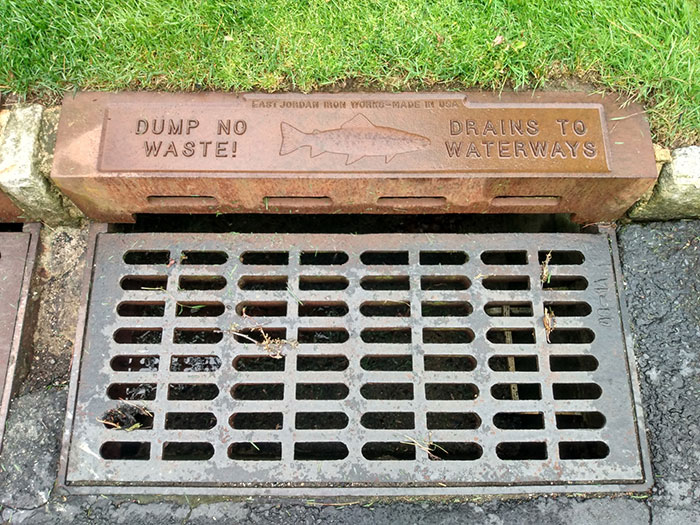
Similarly, the federal Marine Mammal Protection Act is designed to guard wildlife from harassment from the public, and keep humans out of direct contact with animals like otters, seals or dolphins that may be encountered during visits to shore areas.
“The broad definition of harassment would mean going up to them, trying to play with them, trying to touch them, [or] trying to interact with them,” explains Tiedemann about encountering marine mammals. “View it from a distance and appreciate it, but don’t think that you need human interaction with it.”
In short, the message for beachgoers regarding local wildlife is the same one given to patrons of art museums: enjoy it from a distance, but do not get too close to it, or try to touch it.
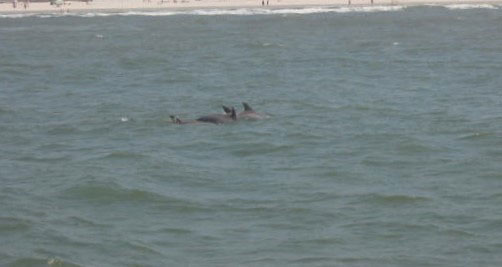
“Keep your distance and look, don’t touch,” says Tiedemann. “That’s the conservation ethic.”
In addition, Tiedemann urges the public to not feed their food waste to shore birds like seagulls, but instead, to put trash into proper receptacles with recycles being separated and disposed of properly. It’s a message echoed by Zemeckis.
“You’ll see posted signs ‘carry-on, carry-off’ about your own individual trash,” notes Zemeckis. “That’s just a general recommendation no matter where you go, beach, or park, or your own backyard. If you’re fishing, follow the regulations. There are some marine debris issues, [like] fishermen leaving their fishing line behind, and fishing tackle wrappers.” In addition, those anglers who practice catch-and-release should remove the hook quickly and get the fish back into the water as soon as possible to lessen the trauma to the animal.
“People [need] to be stewards of their own backyard,” concludes Tiedemann. “If everybody took care of their own space and felt some ownership as a steward to the environment, I think we would see good improvements.”



